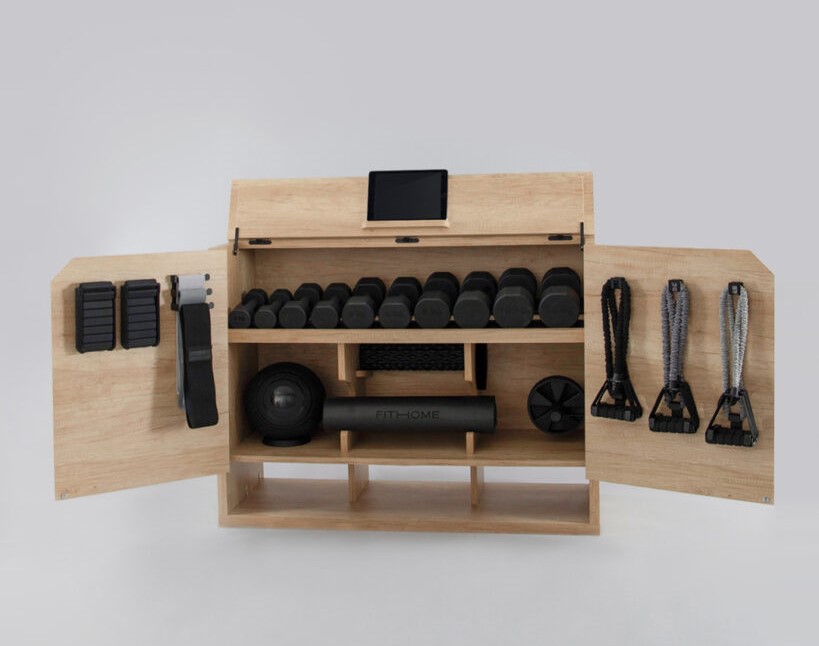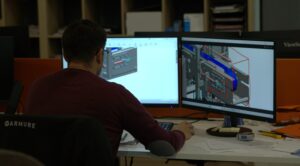Home furniture design is a process that combines structural engineering principles and ergonomic design to ensure safe, functional and comfortable products.
These factors are key to creating livable spaces that promote well-being and efficiency in daily activities.
Structural Engineering in Furniture Design and Development
Structural engineering in furniture design focuses on ensuring the stability, strength and durability of each piece. This involves selecting appropriate materials and designing components that withstand loads and stresses without compromising safety.
Materials such as solid wood, steel and composite materials are essential in the construction of strong and durable furniture. The application of structural principles allows optimizing the use of these materials, minimizing weight and maximizing stability. For example, in tables and shelving, it is crucial to consider weight distribution and the type of joints used to avoid deformation or structural failure.
Load analysis is another essential aspect. Furniture must withstand static loads (such as the weight of stored objects) and dynamic loads (such as the weight of the user when sitting or moving). Tools such as finite element analysis make it possible to foresee possible failures and optimize the product design before production.
Ergonomics: Design for Comfort and Functionality
Ergonomic design seeks to adapt furniture to the physical needs of the user, promoting comfort and reducing fatigue or possible health problems.
Ergonomic furniture must consider aspects such as height, reach and posture of the user. In the case of chairs and sofas, for example, they are designed with adequate lumbar support and materials that distribute pressure evenly. Desks and tables should have adjustable heights to adapt to different users and promote proper posture.
Ergonomics also plays an important role in the distribution and organization of space. Furniture with modular or adjustable designs allow customizing the environment according to the needs of each user, improving the functionality of the home.
FitHome: Integrating Structural Design and Ergonomics
A great example of how i-mas has combined structural engineering and ergonomic design is the FitHome project. It is a multifunctional piece of furniture designed to integrate fitness into the home without compromising space or aesthetics.

FitHome – Designed by i-mas
FitHome is the perfect blend of sophistication and functionality, designed to transform the home workout experience. Its minimalist aesthetic and advanced design allow it to seamlessly integrate into the home, remaining discreet unlike traditional gym equipment.
The ergonomic design optimizes space and enhances usability, featuring discreet storage for fitness accessories and an integrated mobile device holder, perfect for virtual classes and efficient workouts.
Ultimately, home furniture design requires a balanced integration of structural engineering and ergonomic design to ensure safe, durable and functional products. Projects such as FitHome highlight the importance of applying these principles, demonstrating that furniture innovation can improve quality of life and optimize the use of space in the home.
At i-mas, we are passionate about helping our clients turn their ideas into tangible and impactful products. Our 20 years of experience in product design and development allow us to offer creative and effective solutions that make a difference.
Do you have any project in mind? Feel free to reach out to us!



